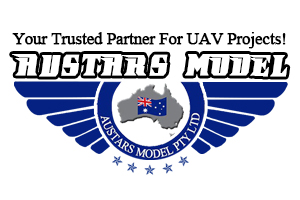- Joined
- Jul 19, 2018
- Messages
- 5
- Reaction score
- 1
- Age
- 64
Hi folks -
Newly Part 107 certified pilot here. LOVED all the learning for my test, and I'm having no problem reading the sectionals. However, at least in my area, Airmap has moved to using the new FAA UAS Facility maps rather than what presumably was their version of the VFR sectionals. That said, I now have a discrepancy that I don't know how to handle. I'm wondering if you guys might be able to give me some pointers.
Near my local, fairly large airport, both in Airmap and on the VFR sectionals, there used to be some Class E rectangular extensions at the surface that extended several miles beyond the outer Class C ring to the south, the southeast and a small one to the northwest. These areas are no longer depicted in Airmap, but they are still depicted on the VFR sectionals and the FAA UAS Facility maps (as Class E2). However in the Facility maps, there are no height limit designations or instructions like there are for the Class C areas - just shaded rectangles. Any ideas on what procedures we should be using there for Part 107 flights? Do we need to request clearance?
FWIW, there is a comment in the Part 107 study guide that states that 'in most cases, a remote pilot will not need ATC authorization to operate in Class E airspace', but I assumed that was because in *most* cases Class E starts at 700 or 1200 feet, and we're limited to 400 feet anyway. I found no similar statement in the PHAK. It seemed to me that we'd still need clearance for any Class E airspace at the surface. Given that Airmap doesn't even depict these areas near me now, I'm at a loss on how to proceed.
Any help or recommendations would be appreciated!!
LP
Newly Part 107 certified pilot here. LOVED all the learning for my test, and I'm having no problem reading the sectionals. However, at least in my area, Airmap has moved to using the new FAA UAS Facility maps rather than what presumably was their version of the VFR sectionals. That said, I now have a discrepancy that I don't know how to handle. I'm wondering if you guys might be able to give me some pointers.
Near my local, fairly large airport, both in Airmap and on the VFR sectionals, there used to be some Class E rectangular extensions at the surface that extended several miles beyond the outer Class C ring to the south, the southeast and a small one to the northwest. These areas are no longer depicted in Airmap, but they are still depicted on the VFR sectionals and the FAA UAS Facility maps (as Class E2). However in the Facility maps, there are no height limit designations or instructions like there are for the Class C areas - just shaded rectangles. Any ideas on what procedures we should be using there for Part 107 flights? Do we need to request clearance?
FWIW, there is a comment in the Part 107 study guide that states that 'in most cases, a remote pilot will not need ATC authorization to operate in Class E airspace', but I assumed that was because in *most* cases Class E starts at 700 or 1200 feet, and we're limited to 400 feet anyway. I found no similar statement in the PHAK. It seemed to me that we'd still need clearance for any Class E airspace at the surface. Given that Airmap doesn't even depict these areas near me now, I'm at a loss on how to proceed.
Any help or recommendations would be appreciated!!
LP











